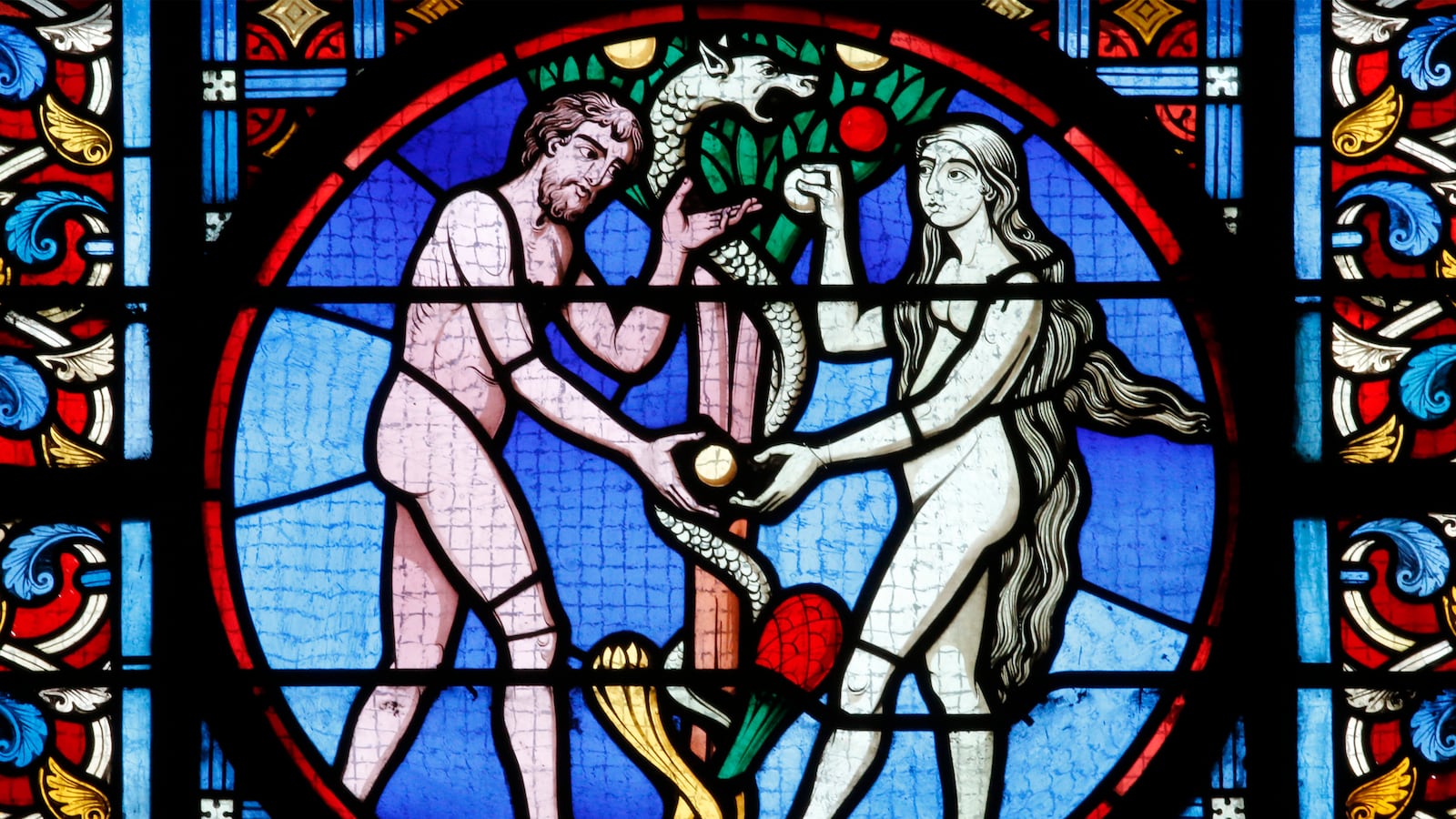The Ishango bone is an ancient artifact found in 1960 off the shores of Lake Edward, near the modern border of Uganda and the Democratic Republic of Congo. The artifact, made from a baboon fibula, has been dated to at least 11,000 years ago, though it’s likely to be older than 20,000.
It’s one of the first examples of humans conceiving of—what we today think of as—numbers. For perspective, anatomically modern humans (complete with brain size) have existed for about 200,000 years, and agriculture is understood to have reached Central Africa only 7,000 years ago.
Engraved on the bone’s surface are three rows of groups of notches. Today the rows of notches are understood to indicate 9, 19, 21, 11; 19, 12, 13, 11; and 7, 5, 5, 10, 8, 4, 6, 3. Of course, there’s been significant interest in what the numbers actually mean. According to George Gheverghese Joseph in his book, “The Crest of the Peacock, the Non-European Roots of Mathematics,” scholars have proposed the notches represent some sort of game of arithmetic, or perhaps a six-month lunar calendar.
As someone fascinated with the history of mathematics, this artifact has oft come up in conversation—and with it, a seemingly non-sequitur: menstruation.
This stems from a 1991 study group newsletter quote by American educator and ethnomathematician Claudia Zaslavsky:
Now, who but a woman keeping track of her cycles would need a lunar calendar? When I raised this question with a colleague having similar mathematical interests, he suggested that early agriculturalists might have kept such records. However, he was quick to add that women were probably the first agriculturalists. They discovered cultivation while the men were out hunting. So, whichever way you look at it, women were undoubtedly the first mathematicians!
Thought provoking certainly, but perhaps getting carried away? I talked to a few sexual anthropologists who assured me that people of traditional non-agricultural societies understood menstruation as sign that a woman was fertile and not pregnant. Yes, they probably also understood it as a cycle, though the mechanics of the womb and ovulation were not understood until the 19th century.
When asked about the Ishango Bone, Professor of Anthropology at University of Nebraska-Lincoln Raymond Hames replied, “the menstruation interpretation is just one of many. The real problem is that a woman’s menstrual cycle does not work like [the] regular rising and falling of the moon.”

Women should not be ashamed of menstruation, and it says something awful about societal norms and pressures that so many women come to embrace pseudo-scientific claims about syncing via pheromones and the moon.
In a Savage Lovecast interview talking about taboos surrounding menstruation, bioethicist and former professor of Clinical Medical Humanities and Bioethics at Northwestern University Alice Dreger indicated that women of traditional non-agricultural societies were so often pregnant, breastfeeding, or malnourished that “women were not menstruating that much.” Women among modern foraging societies have around 160 ovulations in a lifetime starting around the age of 16, whereas modern American women have closer to 450—starting around the age of 12 ½. Women of modern traditional societies, on average, have firstborns at 19 ½ and breastfeed for almost three years; whereas modern American women, on average, have firstborns between 24 and 26 and only breastfeed for three months.
Taking this into consideration, I’m less inclined to believe Claudia Zaslavsky’s proposal. In a 1989 letter titled “Palaeolithic Lunar Calendars: A Case of Wishful Thinking?" Francesco D'Errico raised similar concerns. Through examination under a microscope, D'Errico determined that marks on similar bones and pebbles were typically made “by the same tool in a single series of operations.” Since a lunar calendar “would require several distinct operations over a relatively long period and in all probability the use of more than one tool” it was deemed unlikely that the marks are indicative of “lunar calendars, cyclic notations…or kill scores envisaged in the past.”
If any readers are left with a menstruation-and-numbers-story shaped hole in their hearts, allow me to propose a story as consolation. Hypatia was an extremely accomplished and well-respected astronomer/mathematician of Ancient Greece. She reportedly taught philosophy and astronomy at the Neoplatonic school in Alexandria. The following entry is from “The Suda,” a 10th-century Byzantine encyclopedia:
[Hypatia] was so very beautiful and attractive that one of those who attended her lectures fell in love with her. He was not able to contain his desire, but he informed her of his condition. Ignorant reports say that Hypatia relieved him of his disease by music; but truth proclaims that music failed to have any effect. She brought some of her female rags and threw them before him, showing him the signs of her unclean origin, and said, “You love this, o youth, and there is nothing beautiful about it.” His soul was turned away by shame and surprise at the unpleasant sight, and he was brought to his right mind.





